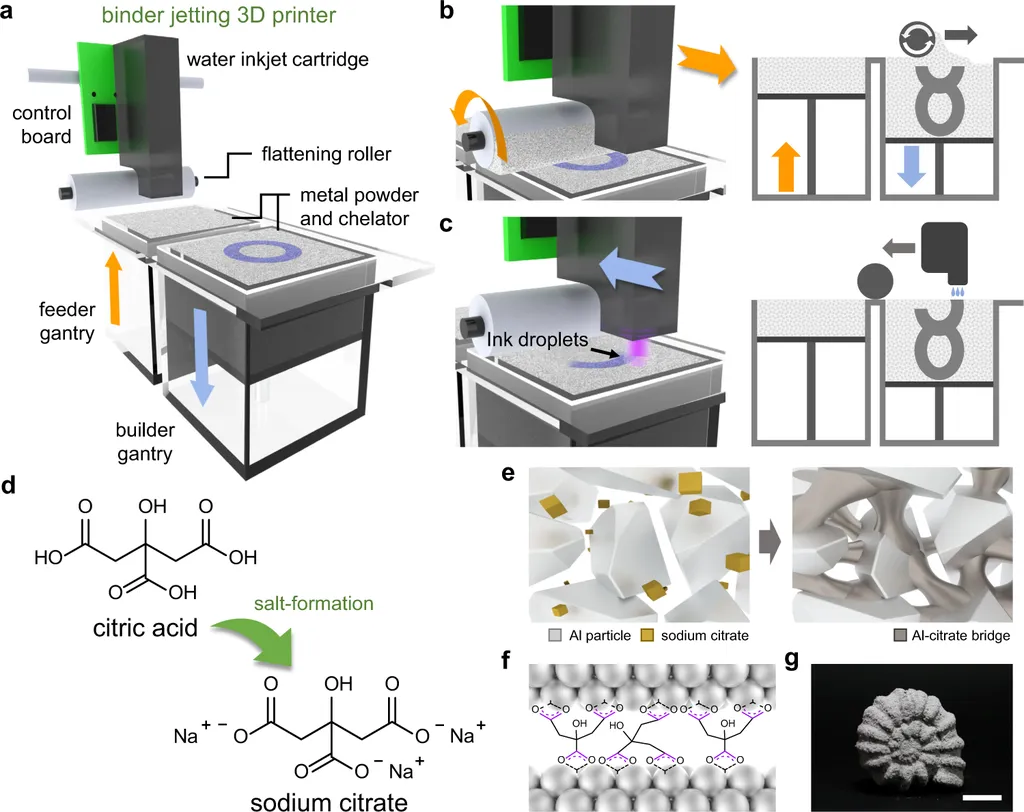In the realm of additive manufacturing, particularly where metal powders are used, researchers Aashish K Gupta, Christopher Ness, and Sina Haeri from the University of Sheffield have been exploring ways to improve the process of removing excess powder from complex structures. Their recent study, published in the journal “Additive Manufacturing,” focuses on understanding how powder cohesion affects the evacuation process through intricate geometries known as Triply Periodic Minimal Surface (TPMS) structures.
Additive manufacturing, or 3D printing, often involves the use of metal powders that can become trapped within the complex cavities of printed parts. Removing this excess powder, a process known as de-powdering, is crucial for ensuring the quality and performance of the final product. The researchers used a computational method called the Discrete Element Method to simulate the gravity-driven evacuation of powder from various TPMS structures. This method allows them to model the behavior of individual powder particles and understand how they interact with each other and the surrounding geometry.
The study systematically investigated the role of cohesive energy density, which is a measure of the strength of the bonds between powder particles, in shaping the discharge profile. The researchers found that the Schwarz-P and Gyroid topologies were the most efficient at evacuating powder, even when cohesion between particles was high. These findings suggest that the design of TPMS structures can be optimized to facilitate better powder removal, potentially improving the overall efficiency and quality of additive manufacturing processes.
The researchers also analyzed the detailed kinematics of the powder evacuation process for the Schwarz-P and Gyroid topologies. They examined particle overlaps and contact force distributions to gain a deeper understanding of the underlying mechanisms. This detailed analysis provides valuable insights into how powder particles move and interact within these complex geometries, which can inform the development of more effective de-powdering strategies.
For the energy sector, these findings could have practical applications in the additive manufacturing of components for energy systems, such as turbines and heat exchangers. By optimizing the design of these components to facilitate better powder removal, manufacturers can improve the efficiency and reliability of energy systems. Additionally, the insights gained from this study could contribute to the development of new materials and processes for energy applications, further advancing the field of additive manufacturing in the energy sector.
Source: Gupta, A. K., Ness, C., & Haeri, S. (2023). Effect of cohesion on the gravity-driven evacuation of metal powder through Triply-Periodic Minimal Surface structures. Additive Manufacturing, 103507.
This article is based on research available at arXiv.

